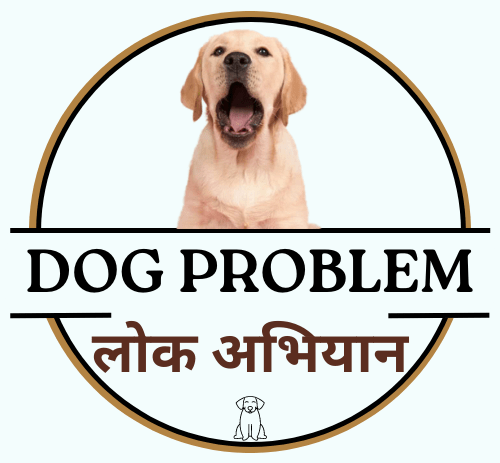Summary of Global Legislation for Dog Population Management, Prevention of Stray Dog Attacks and Rabies Control
(Drafted by the World Organisation for Animal Health)
(A) Pet licensing and registration –
- This encourages responsible pet ownership.
- This allows municipalities to trace lost and abandoned dogs back to their owners.
iii. It allows dogs to be vaccinated annually for anti-rabies vaccinations.
(B) Provision of government facilities for low cost neutering/sterilization of pets.
(C) Capture and removal of all stray dogs from the streets and public places. As large numbers of dogs cannot be caught overnight, authorities focus on –
- Dogs that have attacked or bitten citizens for any reason/dogs cicitens have complained about with regard to nuisance, bites and danger.
- Pregnant dogs and pups.
iii. Injured/sick/diseased dogs.
- Rabid dogs or dogs suspected of rabies.
- Large packs of dogs (upwards of 7).
(D) All caught dogs are taken to Municipal dog pounds and/or shelters/facilities run by NGOs. Here, these dogs are treated, sterilized, vaccinated, rehomed, given for adoption, permanently sheltered or humanely euthanised, on a case by case basis.
(E) Prohibition and penalising of feeding any stray animal (domestic or wild) anywhere in any public area or streets. Feeding of domestic animals like dogs, cats and cows is carried out in shelters only.

